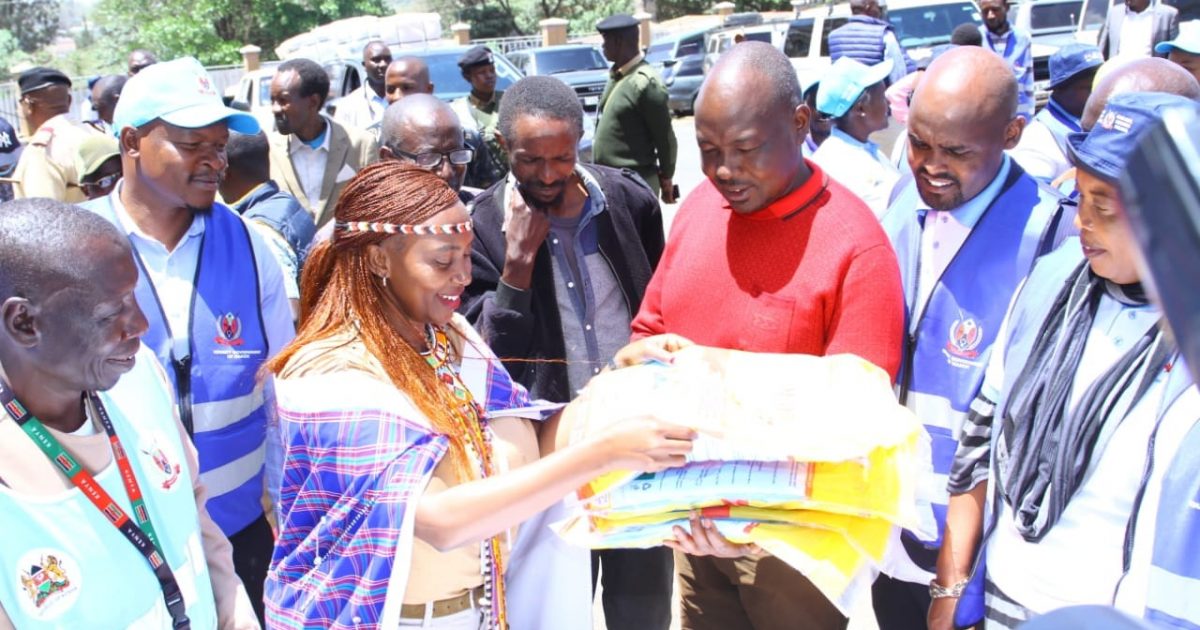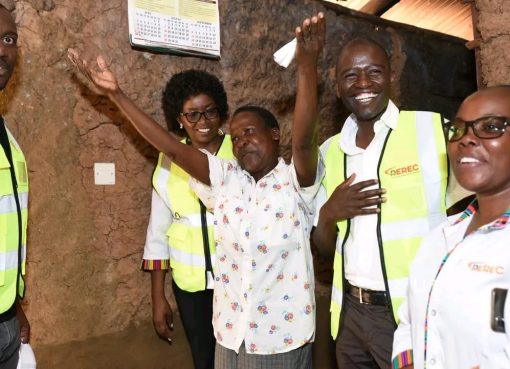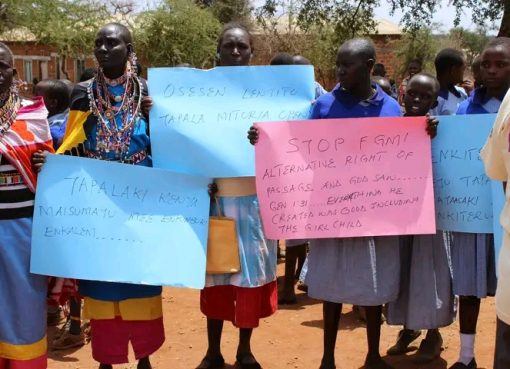The Department of Health in Narok County has distributed 93 per cent of the Long Lasting Insecticidal Nets (LLIN) to the registered households.
Speaking during a stakeholders meeting to review the net distribution exercise that was launched two weeks ago, the County Malaria Coordinator Patrick Njoka said 710, 817 nets were distributed out of the 760, 617 nets that had been delivered.
Trans Mara West Sub County was ranked the best in households’ net distribution after it attained 99 per cent while Narok East Sub County lagged behind at 71 per cent.
At the same time, 90 per cent of the households that had registered to receive the nets had been served during the net distribution exercise that was concluded last week.
Njoka named impassable roads in some parts of the county that were experiencing heavy rains as one of the reasons they did not attain the 100 net distribution.
Other challenges cited included lack of Safaricom lines, internet problems and identification cards, as the distribution was digital.
The stakeholders recommended thorough talk shows and radio spots in such activities so as to educate the residents on the importance of the nets.
Njoka said Malaria is among the top ten causes of morbidity in Narok, but said the greatest burden is in the lower part of Trans Mara West that borders Migori County and a few parts in Trans Mara East Sub County.
He said the upsurge is normally experienced after the long rains which occur in the months of March to May and short rains in the months of October to December.
“Children under five years and pregnant mothers are the most vulnerable. I advise every family to use the free net properly so that we can fight the killer disease,” he said.
He warned the members of the public who will use the net for other purposes that they risk being arrested and prosecuted in court of law.
The distribution exercise in the county was launched by the State Department for Public Health and Professional Standards Principal Secretary Mary Muriuki at the Narok County Referral Hospital.
The stakeholders meeting was held at a hotel in Narok town and attended by health officials, village elders’ representatives, religious leaders’ representatives, media team and civil society.
By Ann Salaton





